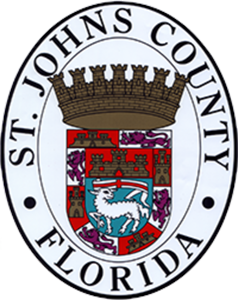Case studies: Environmental & Water
Matrix Gemini LIMS Plays a Key Role in Maintaining Water Standards
Solution: LIMS
St Johns County Utility Department

St Johns County Utility Department chose Matrix Gemini LIMS from Autoscribe Informatics as they were one of the few vendors that provided a direct interface with their Water Information Management Solution (WIMS) and offered a LIMS that could be configured to meet their exact workflow and requirements.
Dynamic linking of water and wastewater testing data from Matrix Gemini LIMS directly into a Water Information Management System helps St Johns County Utility Department to maintain water and wastewater quality throughout the county.
CHALLENGES
- Replace the current LIMS, keeping the external management/data interface
- The new system needed to have flexible reporting capabilities
- Reflect the laboratory’s workflow rather than the laboratory having to adapt its methods to fit the software
SOLUTION

RESULTS
- Improved efficiencies, automation & turnaround times
- Early access to results via WIMS speeds operational decisions
- Complete audit trail of all steps
"Autoscribe were one of few vendors who would link the LIMS into the WIMS... The system works well. We have only needed to use the Autoscribe Informatics tech support once and that turned out to be a minor issue that was easily resolved"
St Johns County Utility Department
The St. Johns County Utility Environmental Laboratory (SJCUEL) analyzes samples for the St. Johns County Utility Department in St Augustine, FL, USA, to ensure that county entities meet all State and Federal regulations. The Water Treatment Division maintains 9 water treatment facilities throughout the county with a total capacity of 27.96 million gallons per day. The wastewater division maintains 10 treatment facilities throughout the County. SJCUEL is a NELAC certified laboratory.
It provides quality field and laboratory analysis to protect and enhance the water quality. Samples are collected from wastewater treatment plants, water treatment plants, monitoring wells, rivers and land application sites. Chemists in the laboratory analyze those samples in the trace metals, nutrients, microbiology, and wet chemistry laboratories. In an average year, the laboratory analyzes in excess of 12,000 samples. Data from the analyses are validated and stored on a Laboratory Information Management System (LIMS). This information forms a database that is used to: Design and operate wastewater treatment plants, enforce industrial waste regulations, formulate plans and action programs to protect and enhance local water bodies, and protect public health.